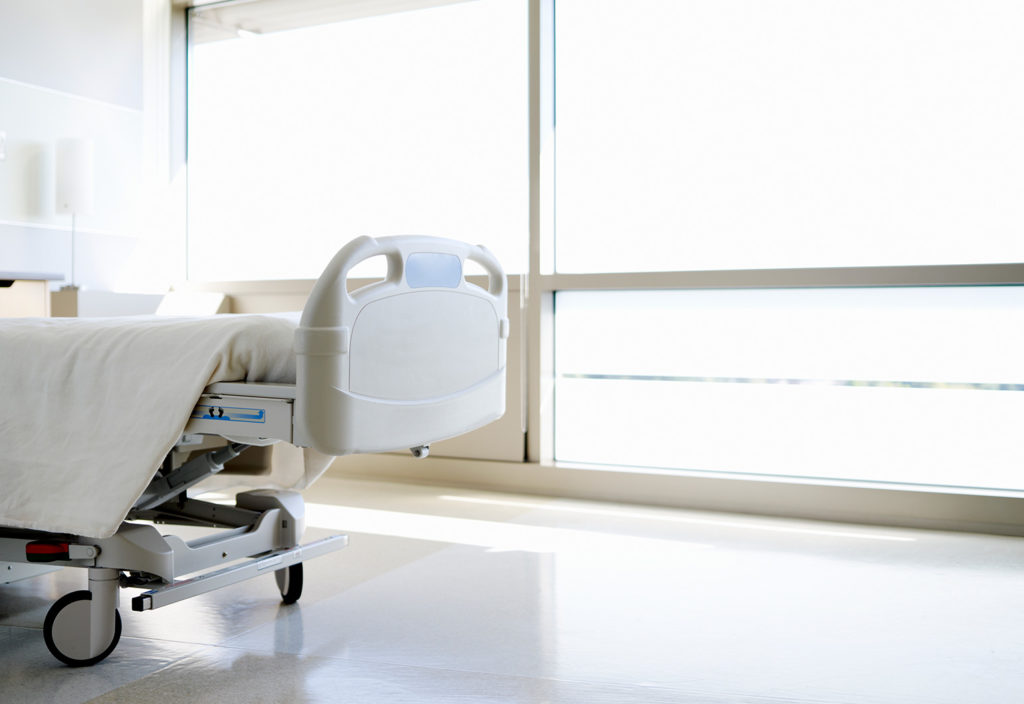A new technology created by Australian researchers could pave the way for advances in patient monitoring.
Developed by researchers from Monash University and the Baker Heart and Diabetes Institute, the new device has the potential to monitor changes in pH levels, and other responses to therapy, in stroke and cancer patients.
While most existing implantable monitors rely on expensive detectors such as CT scans or MRI, the use of ultrasound makes the new technology comparatively cheap and portable. And, while current ultrasound imaging involves patients being injected with gas-filled microbubbles – something that is ineffective for long-term diagnostic tracking – the biosensor can be inserted deep into human tissue, measuring diagnostic markers in real time.
One of the lead researchers, Dr Kristian Kempe from the ARC Centre of Excellence in Convergent Bio-Nano Science and Technology said a viable product could be developed within a decade.
“Our field is ripe for future development that may include photoacoustic detection or the capacity to use radio frequency signals to ensure real-time monitoring of critically ill patients,” he said.
“This is game-changing technology that can improve people’s lives in all parts of the world.”
The key to the new technology is in the solid nanoparticle, which alters its stiffness in response to pH changes in the body over time. The biomarker transmits these signals to an ultrasound scanner, with the pH levels detected providing a measure of whether a tumour is shrinking following chemotherapy.
Co-lead researcher Dr Simon Corrie from Monash University’s Department of Chemical Engineering said the technology could eventually be read by something as simple as a mobile phone, making it possible to monitor patients in remote areas without the need for large hospital labs.
“Our goal is to give clinicians the power of being able to have a patient sit in a chair and, as they are infusing the drugs, use a commonly available ultrasound to monitor drug levels or organ response in real time, adjusting dosages as a function of the patient’s needs,” he said.
“The technology has been tested in an animal model to detect changes in pH levels. We hope to now continue testing in animal models to determine whether it can accurately monitor rapidly changing pH levels, initially focusing on cancer and stroke.”
The study has been granted an international provisional patent. You can find the research here.
